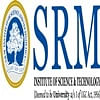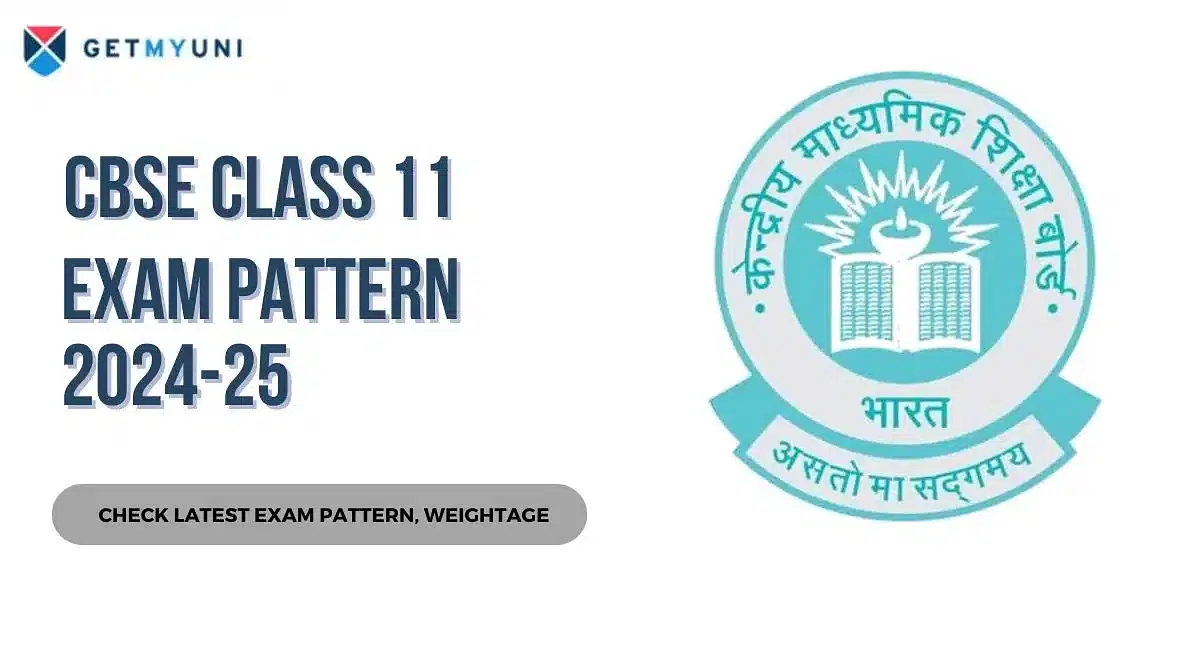Candidates can review the CBSE class 12 Physical Education viva questions with answers 2024-25 to get a clear idea of the question types in the viva exam. The viva exam contains 4 marks out of a total of 30 marks assigned for the practicals.
The CBSE Class 12 Physical Education viva questions with answers 2024-25 are available for students to review and check the question types and answering patterns of topics such as fundamentals of planning and sports, sports and nutrition, yoga, and lifestyle. Candidates can study the viva questions with answers for CBSE Class 12 Physical Education exam 2025 and score better marks.
In the CBSE 12 Board Exam 2025 for Physical Education, students will be evaluated based on performance in the Physical Fitness Test, Proficiency in Games and Sports, Yogic Practices, Record File, and Viva Voce. The viva consists of 4 marks and students must thoroughly prepare the answers to score full marks in the viva.
Top 30+ CBSE Class 12 Physical Education Viva Questions with Answers 2024-25
The most frequently asked questions in the Physical Education viva voce along with the answers are given below. The students must refer to these while preparing for the viva exam. Students can also review the CBSE class 12 syllabus 2024-25 and know the essential chapters and areas that will be covered in the Physical Education viva exam.
Q1. What do you mean by planning in sports?
Ans. Planning is creating a strategy to help solve problems, accomplish goals, and encourage action. Even some previously impossible undertakings can be completed in games and sports with proper planning.
Q2. List the various types of tournaments.
Ans. Various types of tournaments are:
- Knock-out or Elimination tournament
- League or Round Robin tournament
- Combination tournament
- Challenge tournament
Q3. What are knock-out tournaments?
Ans. Elimination tournaments are another term for this kind of competition. In this kind of competition, the winner of each bracket advances to the next round without delay.
Q4. What do you mean by consolation tournament?
Ans. Consolation tournaments are those tournaments in which an additional chance is given to the defeated.
Q5. What do you mean by extramural?
Ans. Extramural means' between institutions', or these competitions are conducted between the players of two or more institutions.
Q6. What do you mean by food and nutrition?
Ans. Food is a mixture of various substances essential for life, whereas nutrition is a dynamic process in which the body is made healthy by consuming food.
Q7. What are carbohydrates?
Ans. Carbohydrates are compounds of carbon, hydrogen, and oxygen.
Sources: Fruits, milk, vegetables, pulses, bajra, rice, cakes, etc.
Function: The primary function of carbohydrates is to provide energy for the body, brain,n and nervous system.
Q8. What are the components of diet?
Ans. Proteins, fats, carbohydrates, vitamins, minerals, and water are diet components. These components comprise various elements such as carbon, hydrogen, oxygen, nitrogen and other macro and micro elements like calcium, iron, zinc, etc.
Q9. What do you understand about disability etiquette?
Ans. Disability etiquette is a set of guidelines for people facing physical or mental disabilities.
Q10. Write two ways to communicate with people suffering from cognitive impairments.
Ans. Use a calm voice and be comfortable:
Treat the person as an individual with talents and abilities
Q11. What do you understand from physical exercise?
Ans. Physical exercise is defined as using energy and moving the body. Some examples include engaging in physical activities such as walking, running, dancing, swimming, yoga, and gardening.
Q12. Write about one advantage of physical activity.
Ans. Children's brain metabolism is improved by physical activity. For kids with specific needs, it improves their cognitive abilities. Enabling people to focus on particular objectives, learn new things, and develop new talents.
Q13. Explain the strategy of positive behaviour in brief.
Ans. Maintaining a positive outlook and engaging in constructive interactions with kids who have special needs are critical components of the positive behaviour method. Instructors should stop these kids from acting out and motivate them to engage in class activities.
Q14. Define disability.
Ans. Disability is defined as a condition or function judged to be significantly impaired relative to the usual standard of an individual or group.
Q15. How is disability different from a disorder?
Ans. Disability, whether it is physical or mental, is permanent, but disorder can be temporary or permanent.
Q16. Why is the word 'differently abled' used in place of people with disabilities nowadays?
Ans. Differently abled is used in place of disabled nowadays to give a more positive message and avoid societal discrimination.
Q17. Give some examples of cognitive disability.
Ans. Some examples of cognitive disability are children who have dyslexia, speech disorders, problems in solving mathematical calculations, short attention span, short memory, and learning difficulties.
Q18. What is ADHD?
Ans. ADHD stands for Attention Deficit Hyperactivity Disorder. This brings behavioral changes and is usually seen in school-going kids. Here, the attention span is very short; kids are hyperactive and face trouble focusing on a task.
Q19. What do you understand about disorders?
Ans. A disorder is a blip in the usual functioning of a person. It disturbs the mental or physical health of a person.
Q20. What are acute injuries?
Ans. Acute injuries are those that result from abrupt trauma to the body. The signs and symptoms of acute trauma appear virtually instantly—for instance, fractures, sprains, etc.
Q21. What do you mean by first aid?
Ans. First aid is the care given to someone suddenly ill or injured to preserve life, prevent the condition from worsening, and accelerate recovery.
Q22. What kind of sports injury can be termed an Abrasion?
Ans. An abrasion is defined in dermatology as a wound that is no deeper than the epidermis and results from superficial skin injury. A mild abrasion is a scrape or graze, while an avulsion is a more severe abrasion that destroys the skin.
Q23. What is tidal volume?
Ans. The air inspired or exhaled per breath is known as the tidal volume. Endurance training can assist in boosting this. Tidal volume is approximately 500 mL/breath in untrained individuals and 600–700 mL/breath in trained individuals.
Q24. How are the muscular systems of males and females different?
Ans. Males have larger muscles and a different composition of forces than females; hence, their muscular systems are more vital. Males have stronger bones and ligaments connecting to their powers than females have.
Q25. Explain the term hypertrophy of muscles.
Ans: Muscle mass and cross-sectional area increase is referred to as muscular hypertrophy. The size (hot length) of individual muscle fibres has increased, which is the cause of the rise in dimension.
Q26. Why does involvement in regular exercise delay the onset of fatigue? (All India 2015)
Ans. Frequent exercise raises endurance and improves fitness levels, which postpone the onset of fatigue.
Q27. How can the body fat percentage be computed?
Ans. The body fat percentage can be computed using the Body Mass Index (BMI), which measures body fat calculated based on height and weight.
Q28. What is the usefulness of the Back Scratch Test for senior citizens?
Ans. The Back Scratch Test is helpful for seniors since it measures the flexibility of the upper body, especially the shoulders.
The shoulder stretch is a basic flexibility test to determine if the hands can be pulled together behind the back, namely the shoulders. This exam is a substitute for the fitness program's back saver sit and reach test.
Q29. Describe the purpose and procedure of the Six Minute Walk Test for aerobic endurance.
Ans. This test evaluates seniors' aerobic capacity and stamina. Procedure: A 50-yard (45.72 m) rectangular space (45 x 5 yards) is used as the walking course's layout, and cones are positioned at regular intervals to mark the distance covered.
Walking as fast as you can for six minutes to cover as much ground as you can is the goal of this test. The subjects themselves should determine the pace; a practice run can help with this. They are also free to pause at any time for a rest.
Q30. Define yoga.
Ans. Yoga is an ancient science that harmonises the body, mind, and spirit.
Q31. What do you understand about Ardha Matsyendrasana?
Ans. Ardha Matsyendrasana or the half spinal twist. pose is one of the main asanas practiced in hatha yoga. This yoga helps stimulate the liver. It is also therapeutic for asthma, infertility, etc.
Q32. State two contraindications of Tadasana. :
Ans. The two contraindications of Tadasana are as follows
- Avoid insomnia.
- Avoid during low blood pressure.
Also Read: CBSE Class 12 Physical Education Syllabus 2024-25
Best Books for CBSE Class 12 Physical Education Viva 2024-25
The best books for CBSE Class 12 Physical Education viva questions with answers 2024-25 are listed below. It is important to review the CBSE Class 12 Books before preparing for the board exam.
- Physical Education Class 12 by V K Sharma
- CBSE All In One Physical Education Class 12 2022-23 Edition by Tushar Shukla
- CBSE Physical Education Chapterwise Solved Papers Class 12 by Reena Kar
CBSE Class 12 Physical Education Practical Evaluation Scheme 2024-25
Students must know the evaluation scheme for each component under the Physical Education practical exam which will help them with the CBSE 12th preparation. The evaluation scheme for CBSE Class 12 Physical Education viva questions 2024-25 is four marks, and the total internal assessment marks are 20.
| Topics | Marks |
| Physical Fitness Test: SAI Khelo India Test, Brockport Physical Fitness Test (BPFT) | 06 Marks |
| Proficiency in Games and Sports (Skill of any one IOA recognised Sport/Game of Choice) | 07 Marks |
| Yogic Practices | 07 Marks |
| Record File | 05 Marks |
| Viva Voce (Health/ Games & Sports/ Yoga) | 05 Marks |
| Total | 30 Marks |
Physical Education has the subject code 048. The physical education course has 100 marks and is divided into sections for theory and practice. The practical test is worth thirty marks, and the theory exam is worth seventy marks.






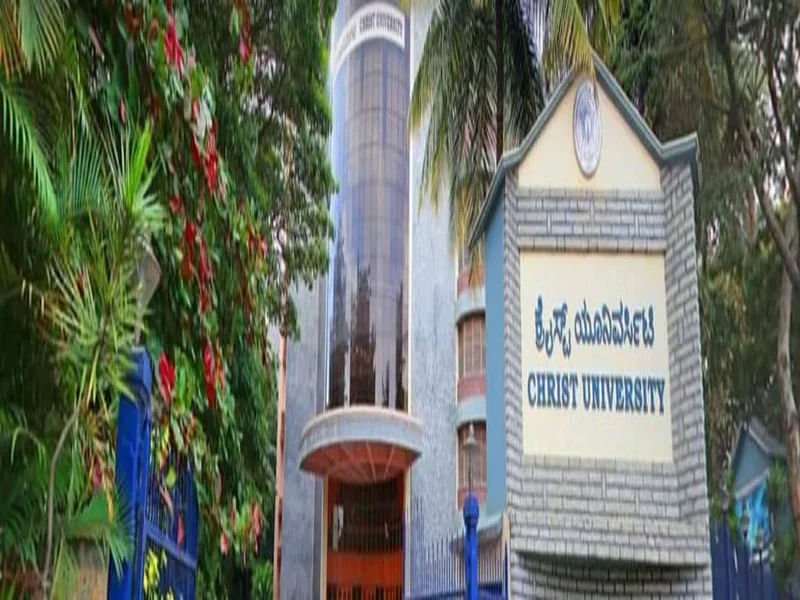
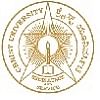
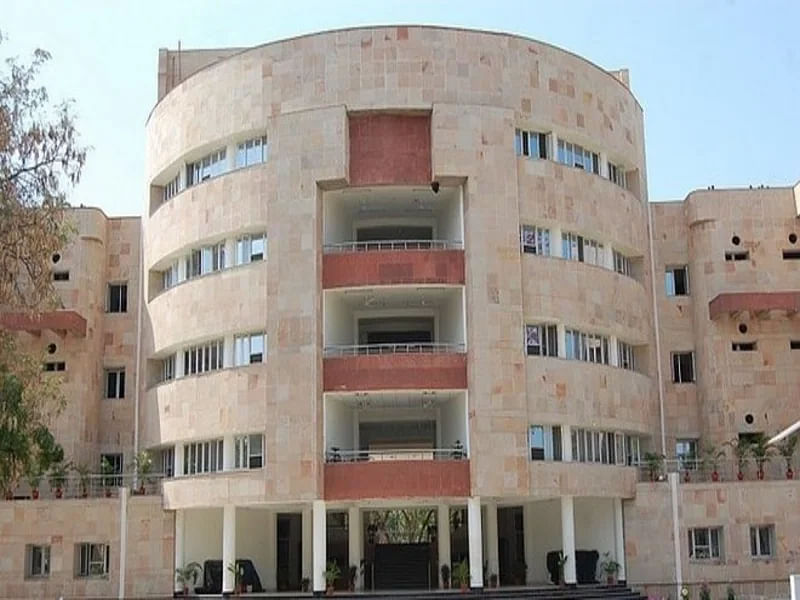
![Motilal Nehru National Institute of Technology, [MNNIT] Allahabad](https://media.getmyuni.com/azure/college-image/small/motilal-nehru-national-institute-of-technology-mnnit-allahabad.webp)



